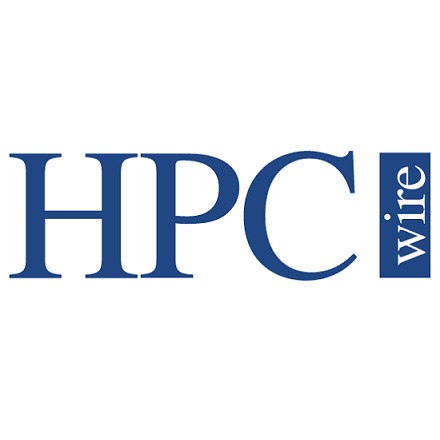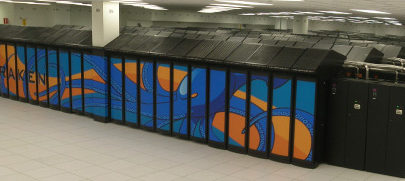
NICS Tackles Big Science with Beacon
June 16, 2014
With support from the National Science Foundation and the University of Tennessee, Knoxville, the National Institute for Computational Science (NICS) is expandi Read more…

Remembering Kraken
June 5, 2014
In supercomputing, it is often the case that top systems are only around for about half a decade. With the breaking of the petascale barrier now fixed in the r Read more…

Preparing for Solar Storms
August 26, 2013
It may not be possible to prevent devastating space-weather events like solar storms from reaching the earth's surface, but with enough warning, we can prepare for them. Scientists believe that mapping the earth's magnetosphere – the magnetic shield that stops most but not all of these storms – is the first step. Read more…

Kraken Chews on Gribble Data for Industrial Enzyme Research
June 25, 2013
A diminutive marine crustacean called the Gribble landed on the biofuel industry's radar for its unique ability to digest wood in salty conditions. Now, researchers in the US and the UK are putting the University of Tennessee's Kraken supercomputer to work modeling an enzyme in the Gribble's gut, which could unlock the key to developing better industrial enzymes in the future. Read more…

Revolutionizing Tornado Prediction
April 23, 2013
University of Oklahoma researcher zeros in on why some storms generate tornadoes while others don't. Read more…

NVIDIA Scores Green Victory with Italian Supercomputer
February 5, 2013
Last week, Eurotech and NVIDIA announced they had created the most energy-efficient supercomputer in the world, besting the most recent Green500 winner by a margin of 26 percent. NVIDIA credits its new GPU accelerators, along with Eurotech's on-board hot-water cooling system. But Intel has something called the Xeon Phi. Read more…

- Click Here for More Headlines

Whitepaper
Why IT Must Have an Influential Role in Strategic Decisions About Sustainability
In this era, expansion in digital infrastructure capacity is inevitable. Parallel to this, climate change consciousness is also rising, making sustainability a mandatory part of the organization’s functioning. As computing workloads such as AI and HPC continue to surge, so does the energy consumption, posing environmental woes. IT departments within organizations have a crucial role in combating this challenge. They can significantly drive sustainable practices by influencing newer technologies and process adoption that aid in mitigating the effects of climate change.
While buying more sustainable IT solutions is an option, partnering with IT solutions providers, such and Lenovo and Intel, who are committed to sustainability and aiding customers in executing sustainability strategies is likely to be more impactful.
Learn how Lenovo and Intel, through their partnership, are strongly positioned to address this need with their innovations driving energy efficiency and environmental stewardship.
Download Now
Sponsored by Lenovo
Whitepaper
How Direct Liquid Cooling Improves Data Center Energy Efficiency
Data centers are experiencing increasing power consumption, space constraints and cooling demands due to the unprecedented computing power required by today’s chips and servers. HVAC cooling systems consume approximately 40% of a data center’s electricity. These systems traditionally use air conditioning, air handling and fans to cool the data center facility and IT equipment, ultimately resulting in high energy consumption and high carbon emissions. Data centers are moving to direct liquid cooled (DLC) systems to improve cooling efficiency thus lowering their PUE, operating expenses (OPEX) and carbon footprint.
This paper describes how CoolIT Systems (CoolIT) meets the need for improved energy efficiency in data centers and includes case studies that show how CoolIT’s DLC solutions improve energy efficiency, increase rack density, lower OPEX, and enable sustainability programs. CoolIT is the global market and innovation leader in scalable DLC solutions for the world’s most demanding computing environments. CoolIT’s end-to-end solutions meet the rising demand in cooling and the rising demand for energy efficiency.
Download Now
Sponsored by CoolIT
Advanced Scale Career Development & Workforce Enhancement Center
Featured Advanced Scale Jobs:
HPCwire Resource Library
HPCwire Product Showcase
© 2024 HPCwire. All Rights Reserved. A Tabor Communications Publication
HPCwire is a registered trademark of Tabor Communications, Inc. Use of this site is governed by our Terms of Use and Privacy Policy.
Reproduction in whole or in part in any form or medium without express written permission of Tabor Communications, Inc. is prohibited.
























